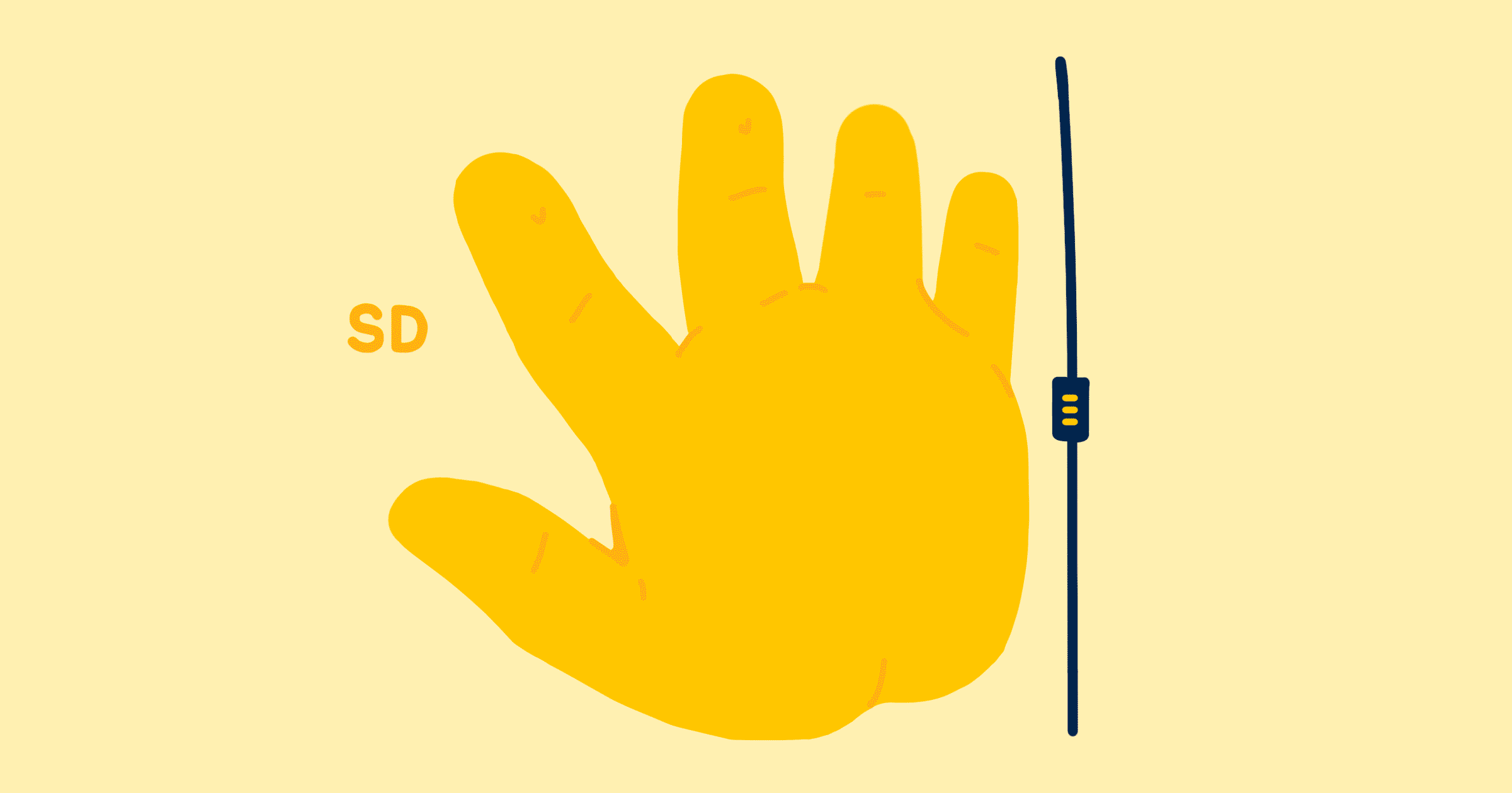Producing the absolute best quality video you can, may not be your main focus when you first start your live streaming career. Instead of thinking about SD vs HD resolutions and framerates, you might be more interested in the social side of it. Let’s face it, it’s much more exciting to be in touch with people from all over the world than spend time obsessing over the quality of your video.
Soon enough, however, you’ll notice that quality matters. So much so, in fact, that stream quality is something you should monitor while you’re live-streaming. Before you get to that part, however, you need to understand the very basic parameters we use to describe video quality. Video resolution is one of them.
What is video resolution?
When you’re watching a video or looking at an image on a computer screen, you’re actually looking at a very large number of very small squares. We call these squares pixels. The total number of pixels that make up the video or photo frame is what we call video resolution.
The general rule is that the more pixels there are – the higher the resolution is – the better the quality of the video gets. Of course, video quality is more complicated and nuanced than that. Frame rates, bitrates, and a whole host of other things on the viewer’s end affect how good your stream will look on their screen.
But resolution is still very important if you want your stream to look sharp. If you wanted to provide full information about the resolution of your live stream, you’d probably write it as a big number x a slightly smaller number. 1280x720 is a way to express resolution, for example, and it means that your video’s frame is 720 pixels tall and 1280 pixels wide.
A resolution of 1280 x 720 implies an aspect ratio of 16:9, which means that for every sixteen pixels of width, there are nine pixels of depth. This is one of the most common aspect ratios and the newly adopted standard for computer monitors and TV screens. When you express resolution as a single number, you use the one that shows the height (720) and presume the aspect ratio is 16:9.
This number is often followed by the letter “p”, as in “720p”. The “p” stands for “progressive” as in “progressive scan.” It means that all the 720 horizontal lines that are in a 720p video (one for each pixel of height) are displayed at the same time. The alternative would be to use interlaced scan, in which only half of the lines are displayed at the same time. The interlaced scan is noted by the letter “i” as in “720i,” and it doesn’t look that good when compared with the progressive scan, especially when there’s a lot of motion on the screen, or when viewed on computer monitors. It is still used in television broadcasting, though.
What is SD resolution?
Some resolutions tend to get names that have nothing to do with their pixel count and scan. “SD” is such a name, and it stands for “standard definition.” In the world of television, SD or SDTV refers to a 480i video format. It’s often displayed in a 4:3 aspect ratio. Yes, SD is older than widescreen TVs or computer monitors. It comes to us from the times of CRT monitors and DVDs.
When you use 480p to describe the resolution of your live video stream, you’re probably thinking of a 16:9 aspect ratio. In that case, the SD resolution is 854x480. As far as streaming goes, 480p is slightly below from what you probably should stream.
What is HD resolution?
HD stands for “high-definition.” HDTV displays television utilizing either progressive or interlaced scanning, widescreen (16:9) aspect ratio, and a resolution with either 720 or 1080 pixels of height. Because it encompasses two resolutions, HD is sometimes split into an HD-ready resolution of 720p, and a full HD resolution of 1080p or 1080i.
When you’re live-streaming, HD can mean either 720p or 1080p. It’s also likely that you’ll be referring to the resolution by how tall it is in pixels, and not whether it’s full high definition, ready for high definition, or simply high definition.
What is the difference between SD and HD for live streaming?
One of the key things you should figure out if you want to stream as professionals do are your limitations. You always want to aim at creating the best viewing experience for everyone who stops by your stream. That means that you should stream at the best quality you can.
Quality requires resources. If you’d look at the resolutions and framerates YouTube supports, you’ll notice that you need an upload speed of up to 51Mbps to stream the highest possible resolution at the highest possible framerate. You’ll need less than 1Mbps to stream the lowest possible resolution. You’ll also need more processing power as the resolution of your stream increases.
These are your limitations. Usually, you’ll want to stream at least 720p, if you can manage to do it without any buffering issues and with good quality. If you can’t, dropping down to 480p might tide you over while you’re looking into ways to get a good upload speed, or to get the hardware you need to stream at higher resolutions.
Streaming 480p video can come in handy if you know your audience tends to watch your streams on mobile devices. More than half of Americans should be mobile-only social network users by the end of 2019, and Facebook has a popular live streaming service. If you’re streaming from a mobile device, a resolution of 480p might work well with your data plan. But if the hardware and bandwidth allow it, you should always go for HD over SD, and with full-HD being preferable.
SD vs HD in multistreaming
If you want to stream to more than one platform at the same time, downgrading to 480p might seem like a good choice. After all, streaming to more platforms than one should increase both the bandwidth and processing requirements. In that case, lowering quality is a sure way to tackle some of those demands.
This is where your choice of multistreaming tools matters a lot. If you have a multistreaming hardware encoder, it will need a lot of bandwidth. If you use multistreaming software, it will eat up your bandwidth and processing power. But if you use a cloud multistreaming service like Restream, multistreaming doesn’t increase your bandwidth or hardware requirements. You can live stream 1080p video as easy as you could stream it to only one website.

Get more views with multistreaming
Reach more people, and meet viewers where they like to watch. Live stream to YouTube, Instagram, Facebook, Twitch, X, TikTok, LinkedIn, and more at once.
The way digital and broadcasting technologies are going, SD might become a thing of the past. For now, however, there’s still television being broadcast in 480i. As for live streaming, switching to a resolution of 480p can be a good choice if you don’t have enough bandwidth or processing power at your disposal. If you do, however, you should know that HD resolutions of 720p and 1080p are what’s expected from a serious streamer.







